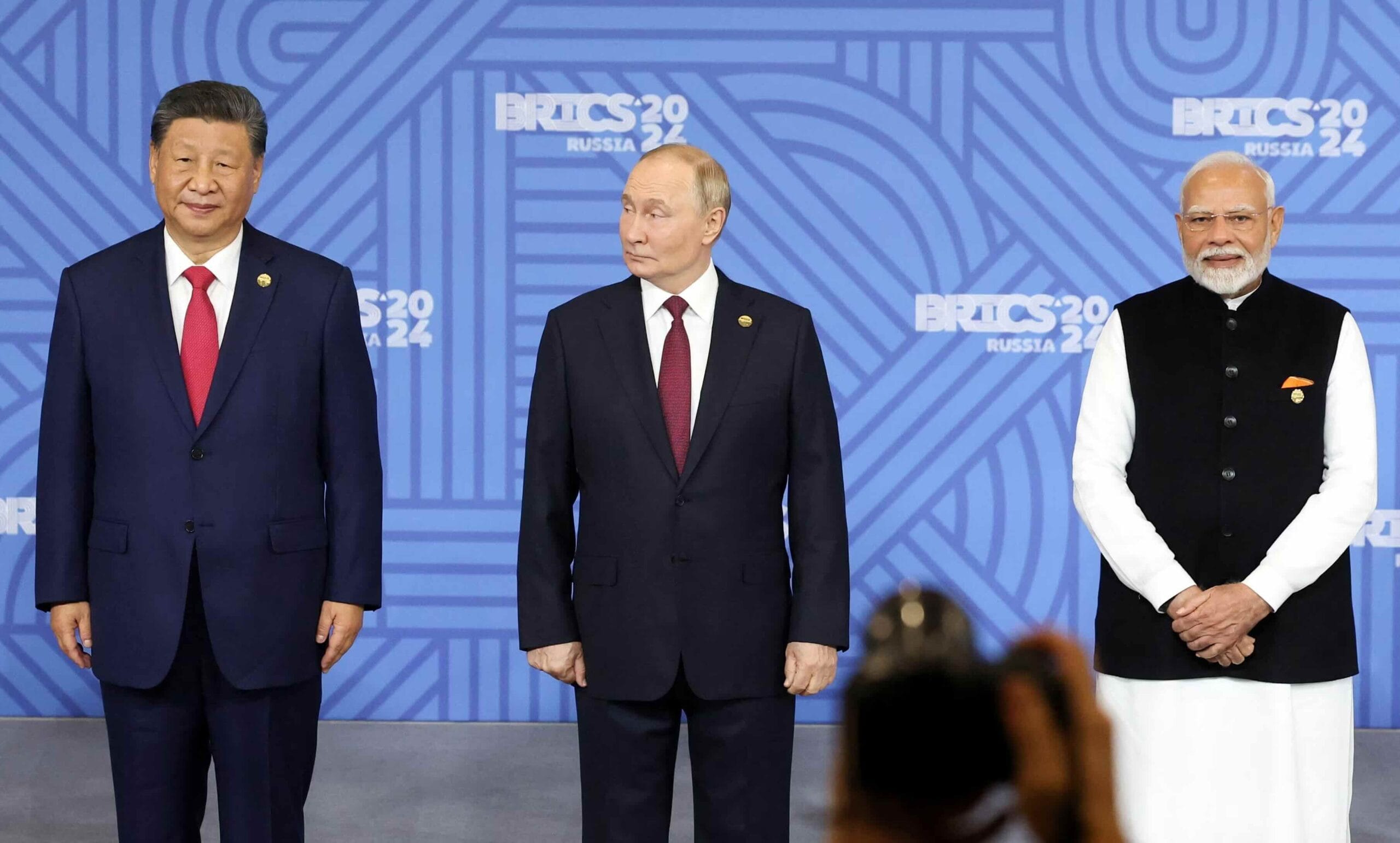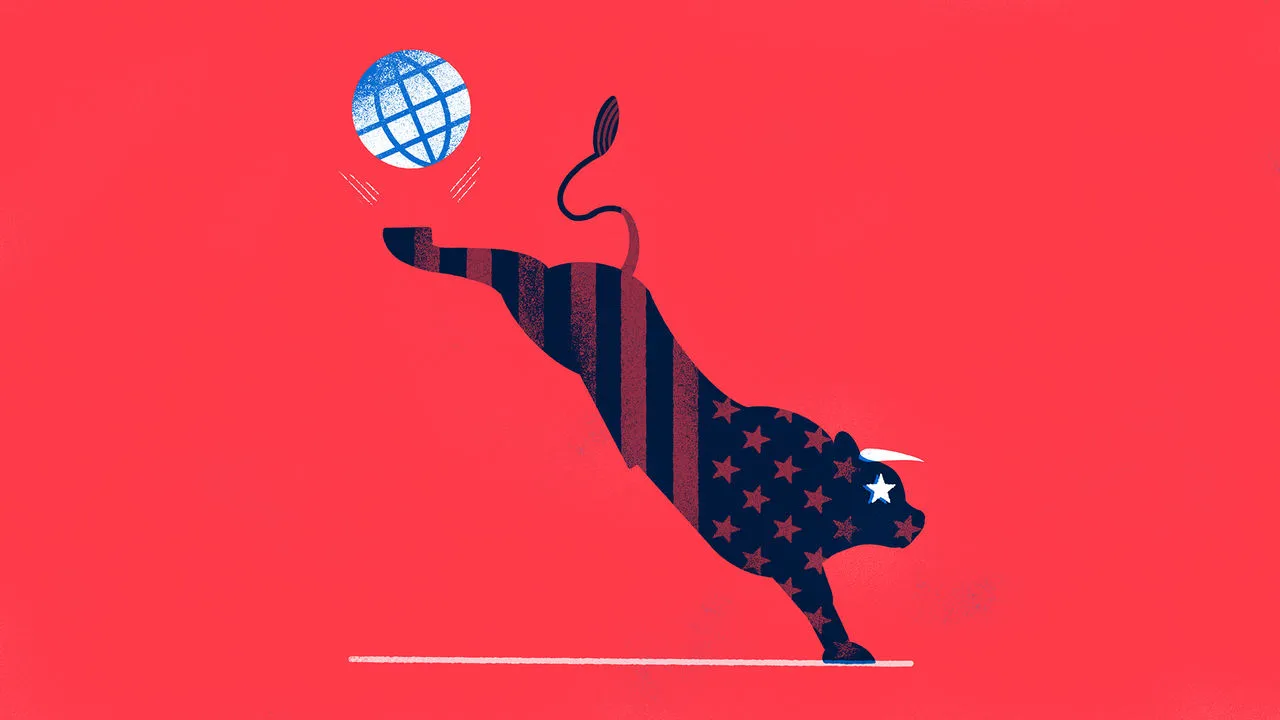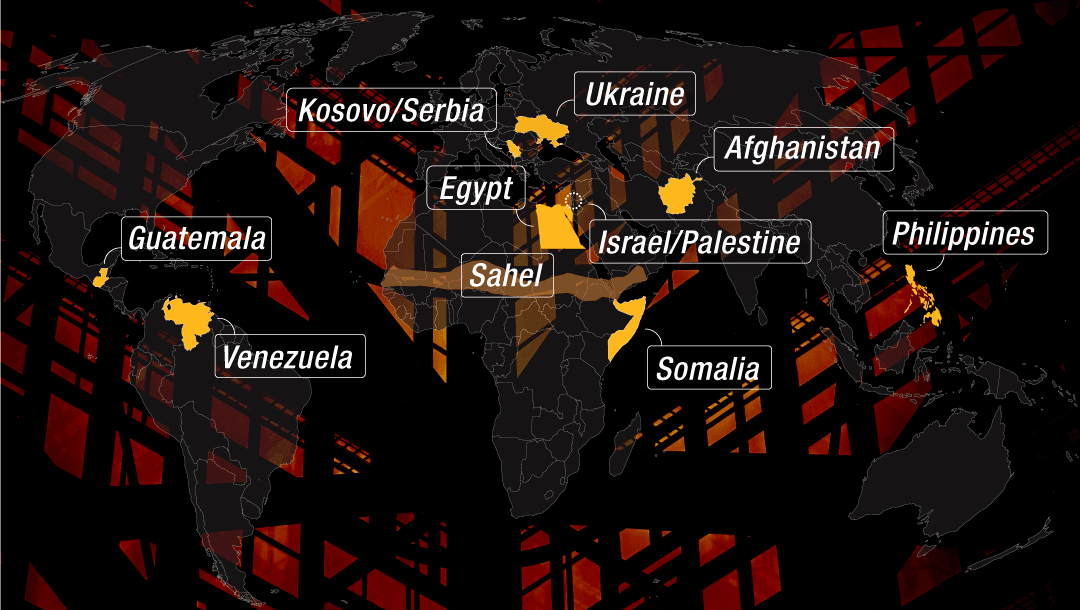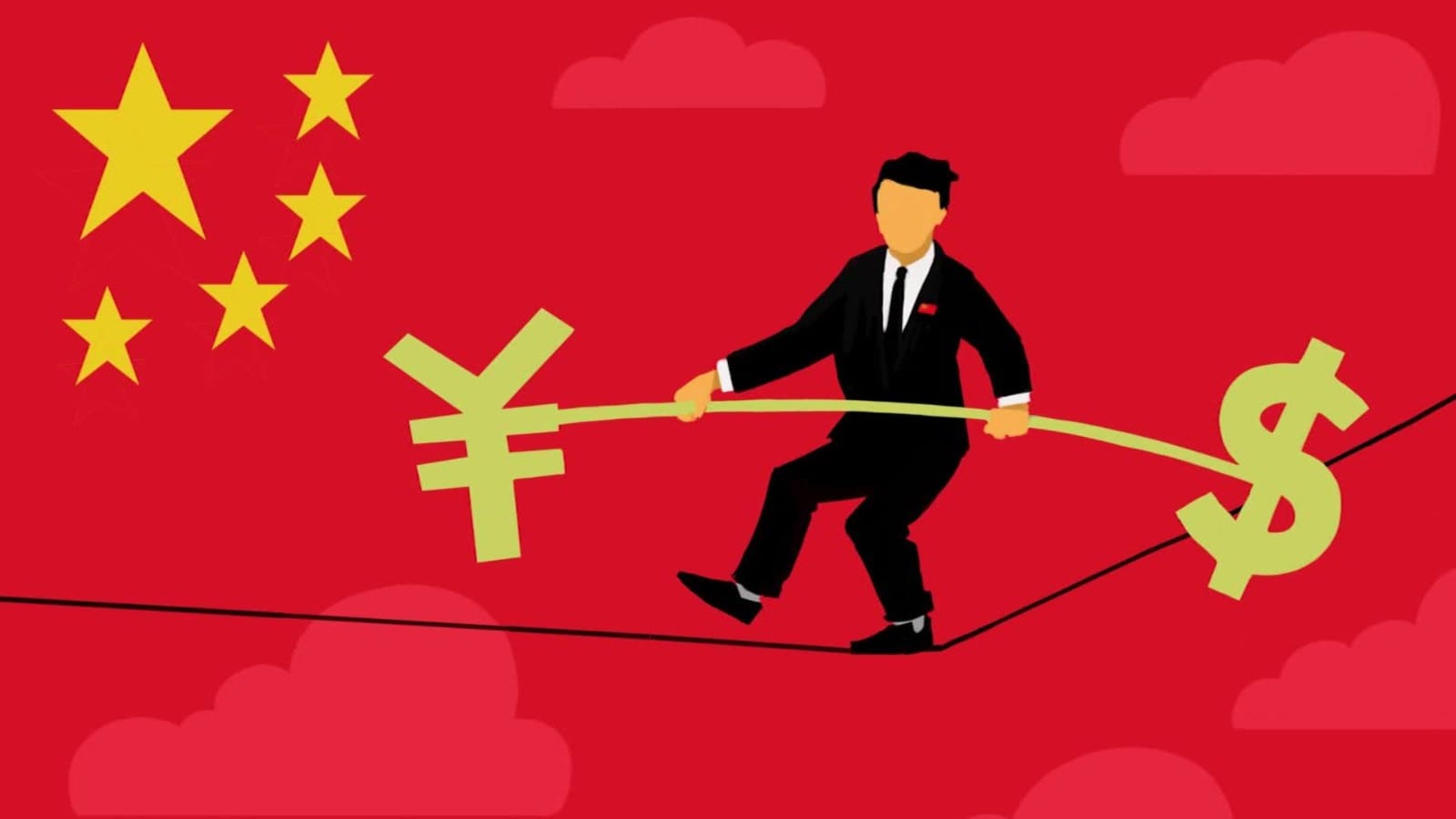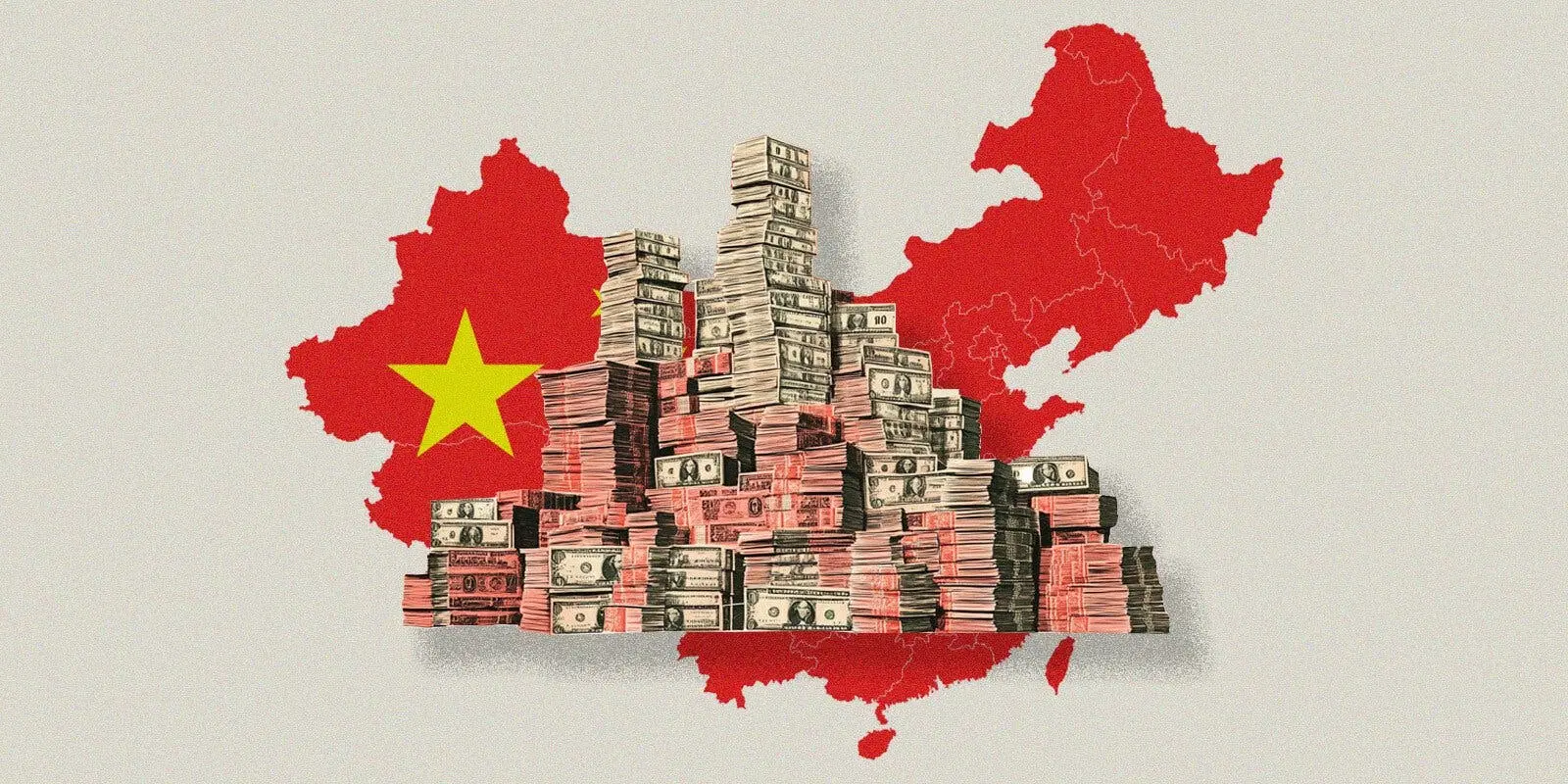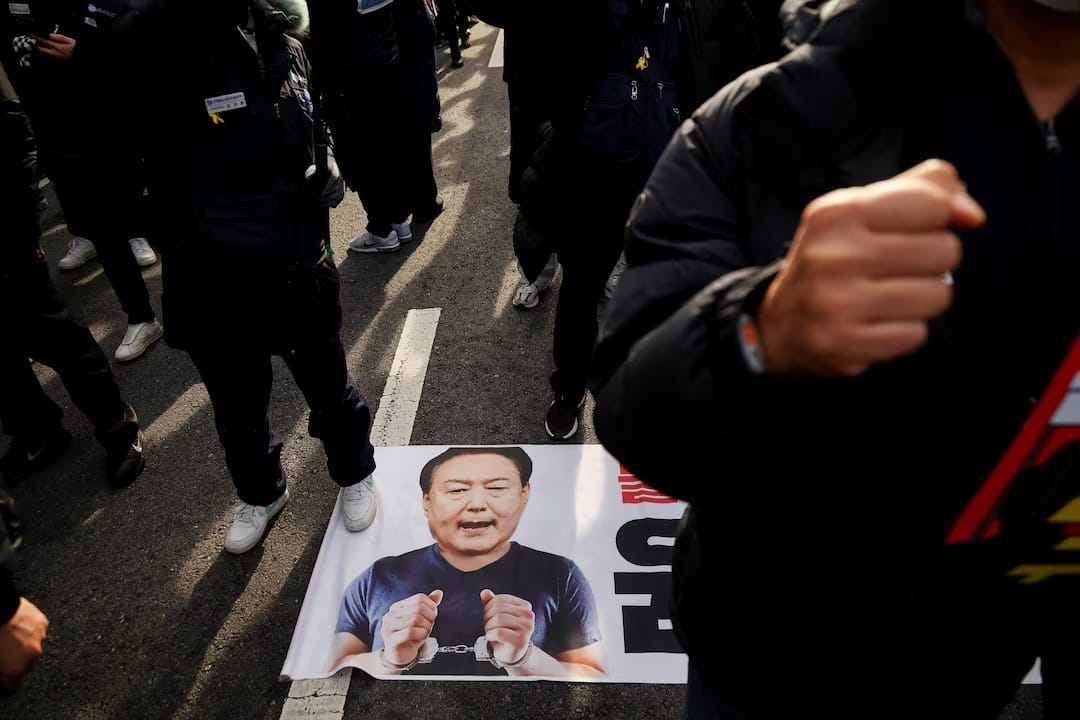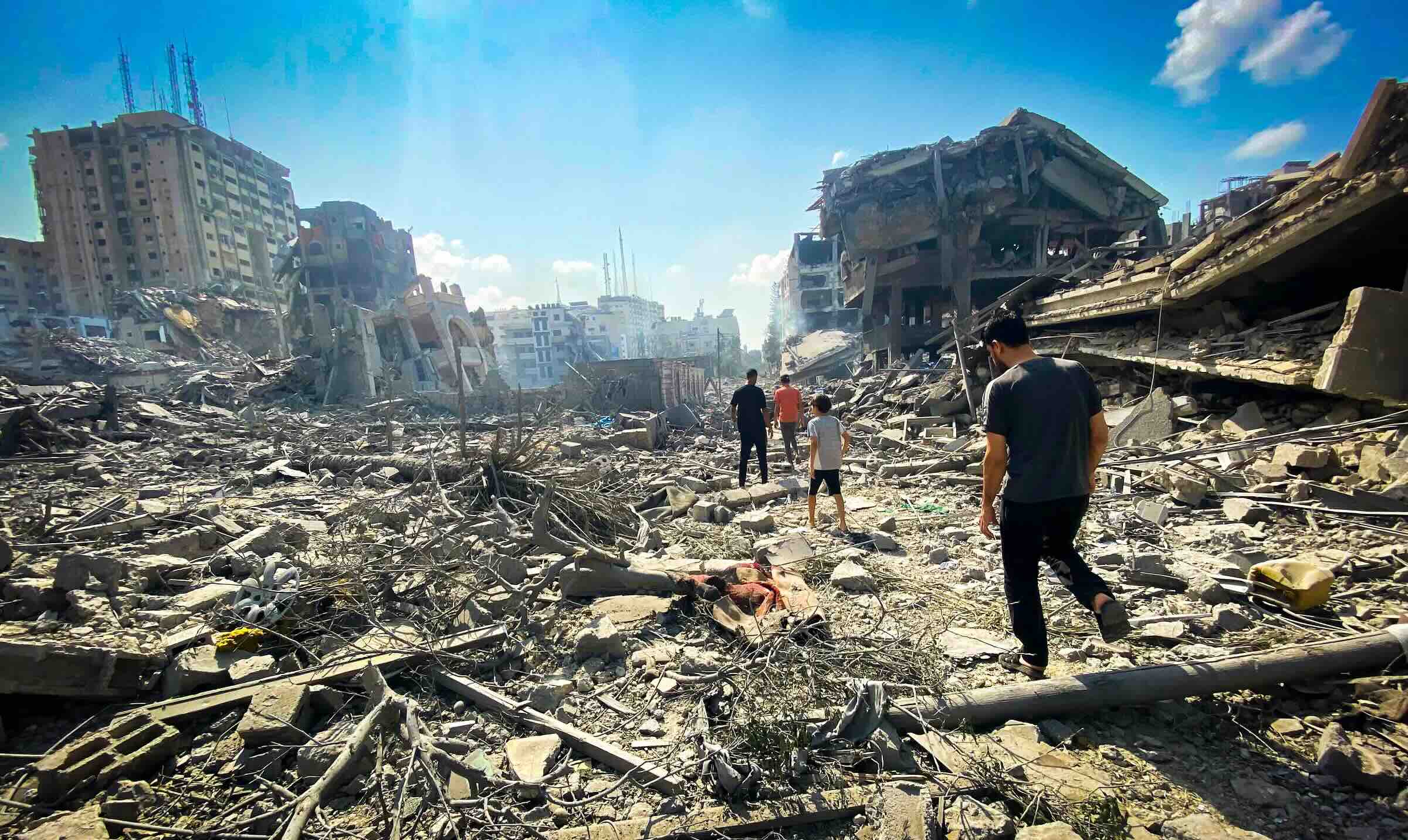The BRICS (Brazil, Russia, India, China, and South Africa) grouping has been the forerunner of global economic and political developments for over a decade. The BRICS countries account for over 40% of the world’s population and over 25% of global GDP. They are also among the fastest-growing economies in the world. India is an important player in the BRICS grouping. It is the second most populous country in the world and the sixth largest economy. India has also been growing swiftly in recent years, with GDP growth comprising over 7% per year over the past decade.
Tag: China
Indo-China Border: A Perspective on Six-Point Consensus
The 23rd round of discussions between India and China’s special representatives on the boundary issue marks an important milestone in their bilateral relationship, particularly after a prolonged gap of five years. The agreement reached in Beijing, comprising six key points, reflects both progress and the complexities that existed in the India-China border dispute. While this consensus signals both parties desire for stabilising relations, it also highlights the deep seated security challenges that continue to shape the interactions.
The World’s Economic Titans this Year
By the start of 2024 high inflation had forced the Federal Reserve to raise interest rates to 5.5% – their highest level for more than two decades. Many expected America to have a recession. Instead, its economy has boomed. In the third quarter it grew by 2.8% year on year – a full percentage point more than forecast in July. America’s unemployment rate is around 4%, well below the average of the past 30 years. And inflation is finally coming down. Output per person is 40% higher in America than in Western Europe and Canada and 60% higher than in Japan.
Why Nuclear Weapons Remain the Privilege of the Few?
While a lot of countries associate the possession of nuclear weapons as a huge plus to their geopolitical power, there are still some that fear the consequences and stay within the protected boundaries of conservatism while going international. No matter how awed we can be when seeing nuclear missile tests or new launches happen, we still have a long way to go to see what constitutes hegemony very easily here and how only 9 countries in the world have gone nuclear so far. The problem with this distinction is, it is no longer dependent on resources or military strength, but rather a very calculative set of steps that go beyond what a simple human can imagine.
2024 in Review: A Roundup of all Ongoing Conflicts
In April 2023 civil war broke out between Sudan’s national army and the Rapid Support Forces, a paramilitary group. The conflict has caused a catastrophic humanitarian crisis: so far almost 30% of the country’s pre-war population of 50 million has been displaced. As 2024 began the RSF appeared to have upper hand. It had taken over much of Khartoum, the capital. Meanwhile almost all of Darfur, in the west, was under its control, though the army clung on to el-Fasher, the regional capital. The RSF’s leader, Muhammad Hamdan Dagalo even embarked on a triumphant tour of African capitals.
China’s Economic Policy for 2025
On December 9, 2024, the Political Bureau (Politburo) of the Central Committee (CC) of the Communist Party of China (CPC) convened a meeting to discuss the country’s economic policy priorities for the year 2025 and the broader and deeper challenges facing the Chinese economy. The headline of the readout is “CPC Central Committee Political Bureau Holds Meeting to Analyze and Research 2025 Economic Work, Study and Deploy Party Conduct, Clean Governance and Anti-Corruption Work, CPC General Secretary Xi Jinping Presides Over Meeting.
China Promised to Vigourously Boost Consumption
After their annual Central Economic Work Conference, which finished on Thursday, China’s leaders promised to “vigourously” boost consumption. New economic figures released on Monday will illustrate the size of the task ahead of them. Retail sales probably grew by about 4.5 percent in nominal terms in November, compared with a year earlier. That would be slower than the previous month, which was boosted by an early start to the “Singles’ Day” shopping festival. Consumer-price inflation, which has already been released, was only 0.2 percent, another symptom of weak spending.
South Korea’s President Faces a Reckoning
Welcome back to the World Brief, the flagship newsletter of The Viyug delivered to you directly from the Editor’s desk, catching you up on 24 […]
Gaza Starts to Feel Forgotten amid Syrian Crisis
Many Palestinians in Gaza cheered the scenes in Syria this week, as rebels overthrew Bashar al-Assad’s regime. Last month they watched the war in Lebanon end; now Syria’s 13-year civil war might be at a close too. But Israel’s war in Gaza drags on. At least 28 people were killed in Israeli strikes on Thursday, according to Palestinian medics.
Decoding the Economy of an Isolationist Country
Being one of the most isolated, secretive, dark and censored countries in the world, North Korea continues to baffle audiences and surpass trends of journalistic opportunity. It has one of the largest militaries in the world, a staggering domestic infrastructure and much speculation as to what goes on inside the closed-to-exhibition country. The citizens aren’t allowed to venture outside and no official economic data has been published since 1965, which is both scary and bold at the same time.
